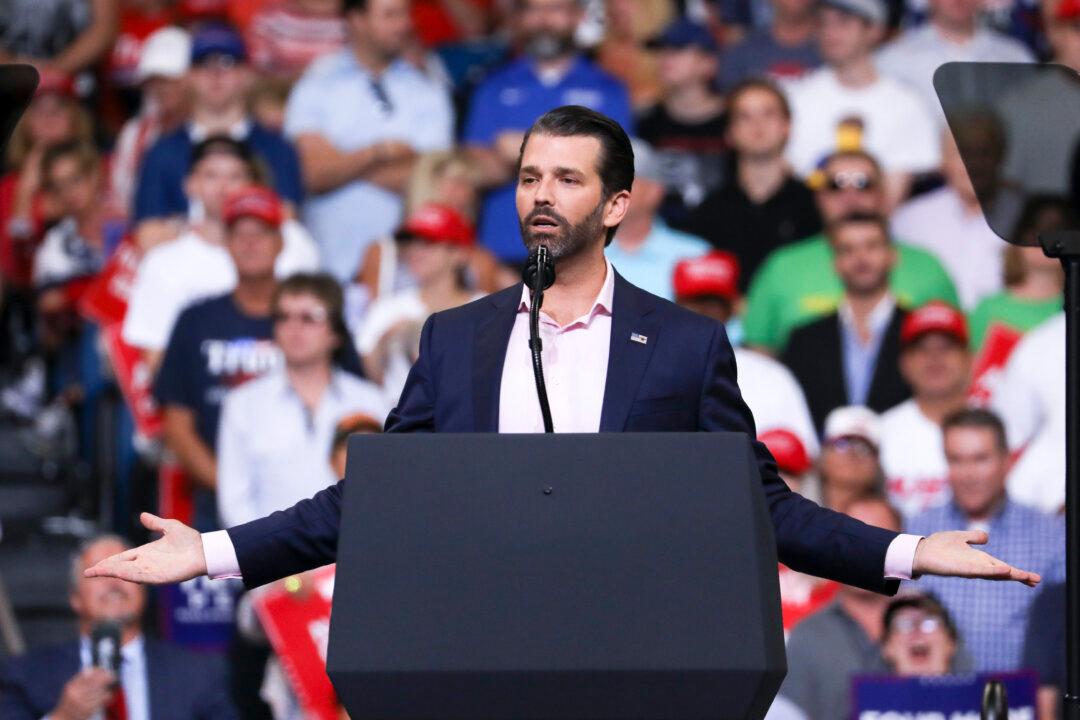The U.S. Environmental Protection Agency (EPA) watchdog said it will investigate the Trump administration’s rollback of vehicle emission rules introduced by the Obama administration.
According to a statement (pdf) from the EPA’s independent Office of the Inspector General (OIG), Inspector General Sean O’Donnell will attempt to determine whether the EPA followed the necessary requirements when it ruled on the Safer Affordable Fuel-Efficient (SAFE) Vehicles Rule Part 2. Specifically, O’Donnell will examine whether the EPA followed rules “pertaining to transparency, record-keeping, and docketing, and followed the EPA’s process for developing final regulatory actions.”





